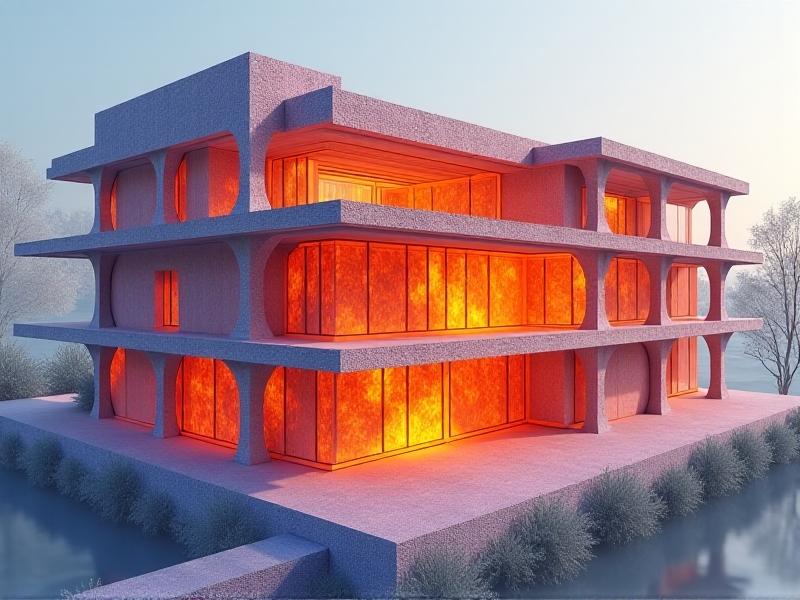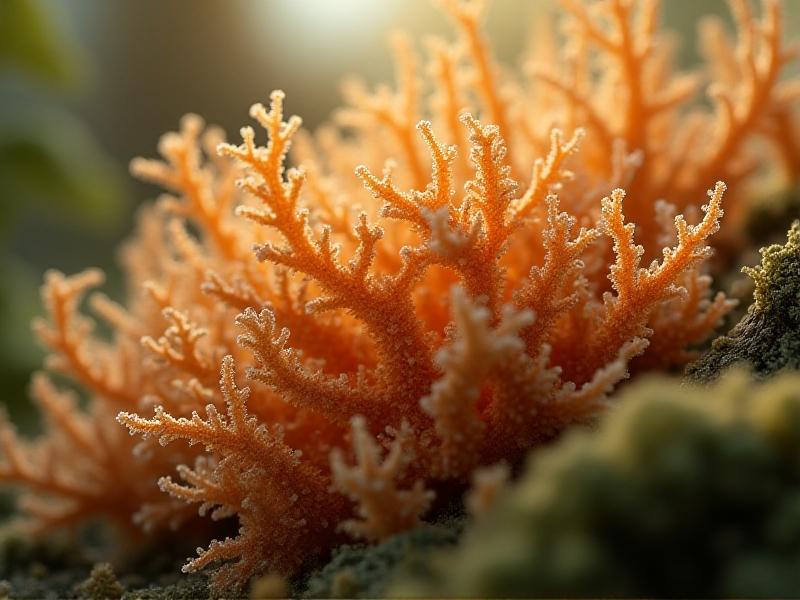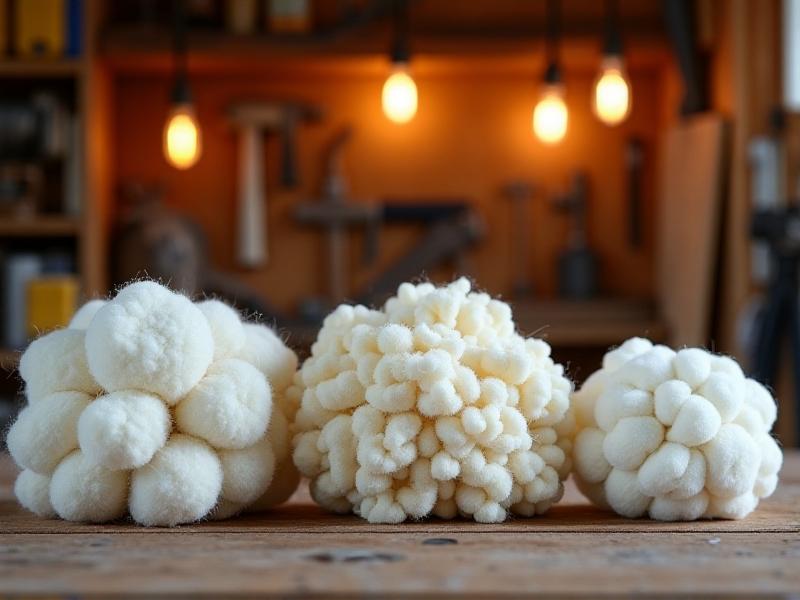Solar Panel Integration with Mycelium Roof Insulation Systems
The Synergy of Solar Panels and Mycelium Roof Insulation
In the quest for sustainable building solutions, the integration of solar panels with mycelium roof insulation systems represents a groundbreaking innovation. Mycelium, the root structure of fungi, has emerged as a versatile and eco-friendly material for insulation, offering excellent thermal properties and biodegradability. When paired with solar panels, this combination not only enhances energy efficiency but also reduces the carbon footprint of buildings. This article explores the potential of this synergy, delving into the benefits, challenges, and future prospects of integrating these two technologies.
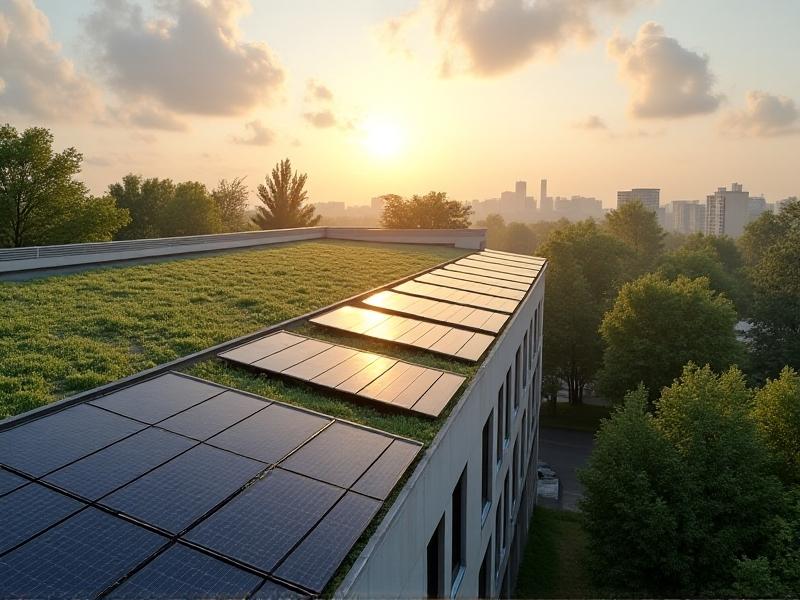
Understanding Mycelium Roof Insulation
Mycelium insulation is a bio-based material derived from the fungal network of mushrooms. It is grown in controlled environments using agricultural waste as a substrate, making it a renewable and sustainable alternative to traditional insulation materials like fiberglass or foam. Mycelium insulation offers superior thermal performance, fire resistance, and soundproofing capabilities. Additionally, it is lightweight, easy to install, and fully compostable at the end of its lifecycle. These properties make it an ideal candidate for modern green building practices.
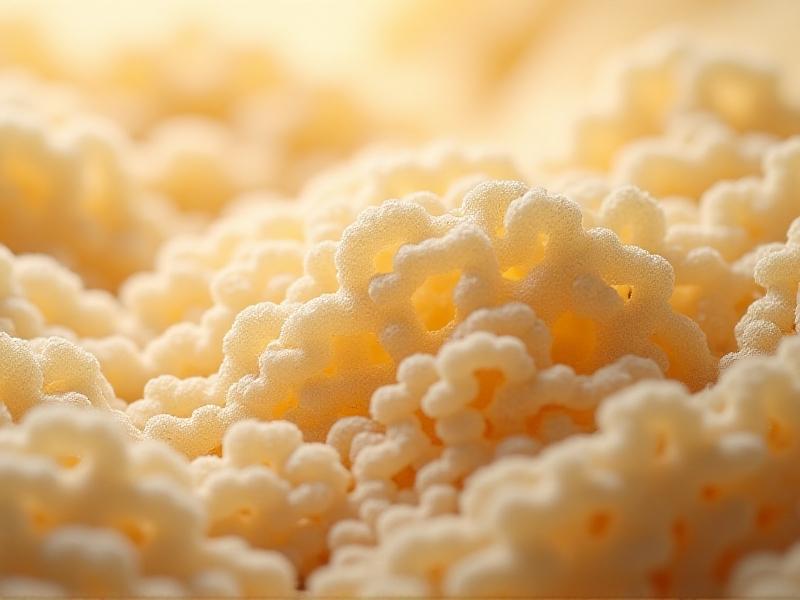
The Role of Solar Panels in Modern Architecture
Solar panels have become a cornerstone of sustainable architecture, enabling buildings to generate clean energy while reducing reliance on fossil fuels. Advances in solar technology have led to more efficient, affordable, and aesthetically pleasing designs, making them a popular choice for both residential and commercial projects. However, the integration of solar panels with building materials requires careful consideration of factors like weight, durability, and thermal performance. This is where mycelium insulation comes into play, offering a lightweight and thermally efficient base for solar installations.

Benefits of Combining Solar Panels with Mycelium Insulation
The integration of solar panels with mycelium insulation offers numerous advantages. First, mycelium's lightweight nature reduces the structural load on buildings, making it easier to install solar panels without compromising safety. Second, its thermal properties help regulate the temperature of solar panels, improving their efficiency and longevity. Third, both materials are sustainable, aligning with the growing demand for eco-friendly building solutions. Finally, this combination can enhance the aesthetic appeal of buildings, blending modern technology with natural elements.
Challenges and Considerations
While the integration of solar panels with mycelium insulation holds great promise, it is not without challenges. One major concern is the durability of mycelium in outdoor environments, as it may be susceptible to moisture and UV damage. Additionally, the manufacturing process for mycelium insulation requires precise control of environmental conditions, which can increase costs. Finally, there is a need for further research and development to optimize the compatibility of these materials and ensure long-term performance.
Future Prospects and Innovations
The future of solar panel and mycelium insulation integration looks bright, with ongoing research and technological advancements paving the way for more efficient and sustainable solutions. Innovations in mycelium cultivation and treatment methods are expected to enhance its durability and performance, making it a viable option for a wider range of applications. Similarly, developments in solar technology, such as flexible and transparent panels, could further expand the possibilities for integration. As awareness of environmental issues grows, this combination is likely to play a key role in shaping the future of green architecture.
Case Studies: Real-World Applications
Several pioneering projects have already demonstrated the potential of combining solar panels with mycelium insulation. For example, a recent residential development in Europe incorporated this technology to achieve net-zero energy consumption, while a commercial building in the United States used it to enhance thermal efficiency and reduce energy costs. These case studies provide valuable insights into the practical benefits and challenges of this integration, offering a glimpse into its real-world potential.
Conclusion: A Sustainable Path Forward
The integration of solar panels with mycelium roof insulation systems represents a significant step forward in sustainable building practices. By combining the strengths of these two technologies, we can create buildings that are not only energy-efficient but also environmentally friendly and aesthetically pleasing. While challenges remain, ongoing research and innovation are likely to overcome these obstacles, paving the way for a greener future. As architects, builders, and homeowners increasingly prioritize sustainability, this combination is poised to become a cornerstone of modern green architecture.
